September 2015
Momo
28/09/15 19:09
Michael Ende, Momo, (London: Penguin), 1985.
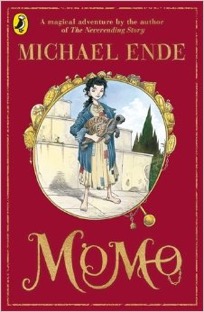
Suspending disbelief for the story is easy because the descriptions of characters are probably like no one we have ever met. Certainly the men in gray are exaggerated to make a point. All the same they seem genuinely threatening by the end of the book. The notion of time takes a bit of concentration to understand but it is worth the effort.
This is a book I will read again and again.
The Only Kayak
28/09/15 18:54
Kim Heacox, The Only Kayak: A Journey into the Heart of Alaska, (Guilford, Connecticut: The Lyons Press), 2006.
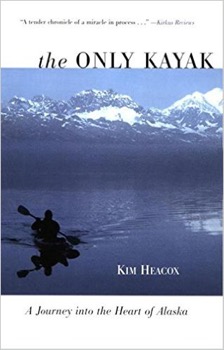
Quite simply, Heacox is a good writer and his life contains many compelling tales. This memoir is just the right balance of poetic language, adventure stories, friendship and faithfulness, and love of the land. I found the book because of the inspiration provided by Michio Hoshino and I'm glad I did. I plan to read more of Heacox. Alaska is a place that calls to me, but I don't want to be a tourist only. I want to gain knowledge and respect for the place and the people before I visit. Heacox's book is a step in the right direction.
Nanook's Gift
06/09/15 17:50
Michio Hoshino, Nanook's Gift, (San Francisco: Cadence Books, 1997)
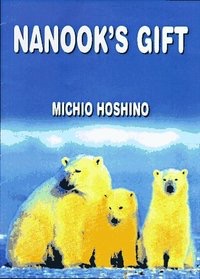
The text of this book is probably aimed at elementary age children and it might even be good for teenagers to return to catch the depth of the concepts presented. The pictures, however, will delight people of all ages. The message is important. All of the photographs are of polar bears in their natural element. The book would be worth obtaining just for the pictures of the bears. The message of care and respect is not to be missed, either.
Though it is sold as a children's book, it clearly is a book for parents and other adults as well.
Hoshino's Alaska
06/09/15 17:08
Michio Hoshino, Hoshino's Alaska, (San Francisco: Chronicle Books), 2007.
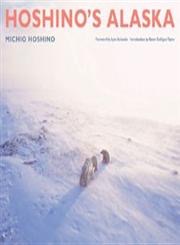
Alaska is a gorgeous place but one gets used to the "stock" footage - the kind of images put out by the tourist bureau. Hashing captures something deeper - and more vast. While most wildlife photographers set up blinds and sit there with the longest lenses possible to capture up close and personal shots of wild animals, Hoshino captures the environment of the animals. Often his animals are rather small parts of a much bigger picture - they way that they appear in real life. It is as if he respects their space and presents something much more like the experience of being there than a typical photograph.
It's clear that Hoshino has the equipment and technique to take the close up shots, but the ways in which he chooses to capture images is unique - and shows the patience of one who spent many years in Alaska, not as a tourist, but rather as someone who lived there and captured the spirit of the place.
A truly remarkable book by a truly remarkable man. This one is worth setting out on the coffee table to return to again and again.
Redshirts
05/09/15 18:50
John Scalzi, Redshirts, (New York: Tom Doherty Associates), 2012.
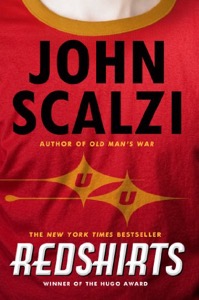
There is a certain logic to pursuing space travel and even time travel as an intellectual concept. If we could go certain speeds, what might happen? If we could travel in time, what are the risks and potential benefits? How can the present reality be changed without adversely affecting some other dimension? Scalzi plays with all of these concepts with a great sense of humor that challenges thought and makes the entire enterprise a game. I found myself trying to anticipate the next moves in the book, sometimes successfully, often inaccurately.
A good story has its own benefits, regardless of how it is labeled or what genre is attached to its type. Redshirts is definitely a good story.
The Blue Bear
05/09/15 18:22
Lynn Schooler, The Blue Bear: A True Story of Friendship and Discovery in the Alaskan Wild, (New York: Harper Collins), 2003.
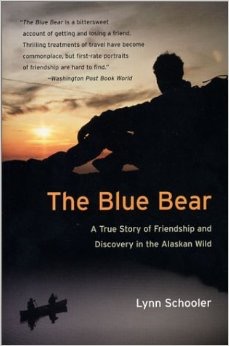
Lynn Schooler had plenty of experiences that made him a bit distant from others and a loner in many ways. It wasn't easy for him to learn to trust. But Michio Hoshino was the kind of person that almost everyone who knew him felt that they had a best friends status. Through the pursuit of photographs that would tell the true story of the glory and grandeur of Alaska, Michio and Lynn formed a friendship that extends beyond the limits of time, space and human mortality.
Scholar chooses to tell the story of Michio by telling us his own story and in doing so, exhibits a trust that we might not expect if we were to have known the details of his life story.
I discovered the story because of my interest in Alaska. I found that it was a story not to be missed. From that story, I have gone on an journey of other books by Hoshino and Schooler and the authors that they enjoyed. It is a journey that continues.
Blood Brothers
05/09/15 16:05
Elias Chacour with David Hazard, Blood Brothers, (Grand Rapids, MI: Baker Books), 2013

This is an important book for all who care about the people who are caught up in the midst of the political struggles of this world. I must for world leaders and for common folk, this book doesn't attempt to tell the whole story, but rather tells well one perspective without jumping to conclusions or offering simple solutions.
In a complex world, it is good to have a clear and concise picture of one person's experience without claims of universality, but rather an understanding that we are all in this together and that solutions, if and when they come must take into account all of the people and perspectives of the region.
My Friend the Mercenary
05/09/15 14:46
James Brabazon, My Friend the Mercenary: A Memoir, (New York: Grove Press), 2010.
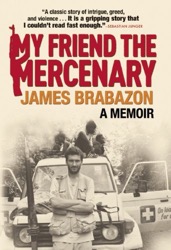
His experiences are not ones that anyone would want to repeat, or if they are, I don't understand that kind of thinking. The book is frightening and even a bit painful to read, but it gives an insight into a world that I do not know - perhaps one what I do not wish to know. It was a struggle for me to keep up with the story. I don't want people to be the way some of the folks he meets are. I don't want the world to be the way he discovers it to be. I don't want things to turn out the way that they have. it is, however, an accurate account of one man's experience, of the incredible cruelty of which we humans are capable and of the distance we have to go before anything resembling peace can be achieved.
Perhaps we have to read books like this one in order to avoid living lives like those described in the book.
The Emily Dickinson Reader
05/09/15 14:32
Paul Legault, The Emily Dickinson Reader: An English-to-English Translation of Emily Dickinson's Complete Poems, (New York: Tom Doherty Associates), 2012.
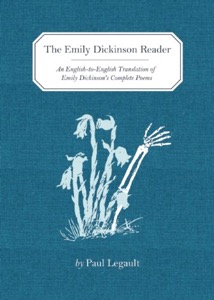
Perhaps we were all raised to take poetry a bit too seriously. If this is the case, Legault reminds us of the joy of just playing with words, ideas, concepts, relationships, and a thousand other things that we often take too seriously. Just play.
I'm not sure that this book would make for a very pleasant evening of reading out loud, but it is a perfect companion to a serious collection of Emily Dickinson poetry and a joy just for the fun of it.
If Emily Dickinson could come back from the grave and write in today's idioms . . . her poetry probably wouldn't be at all like what you'll find in this book. Still, the book is a gem and a terrific contribution to the world of poetry.
The Complete Collected Poems of Maya Angelou
05/09/15 13:58
Maya Angelou, The Complete Collected Poems, (New York: Random House), 1994.
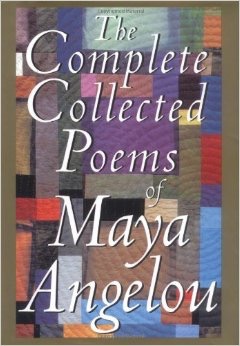
Reading all of the poems together gave me the impression of a life that was much bigger than could be put into the span of an individual. Angelou writes not only of her own experiences, but the experiences of her people, the experiences of our nation. She writes bigger than a single individual.
And the surprise I didn't expect? The amount of pure joy and laughter in the book. I could taste the food. I could belly laugh at the jokes, I could see in the midst of incredible unearned suffering the deep joy of life worth living.
The book is a triumph to which I will return again and again.